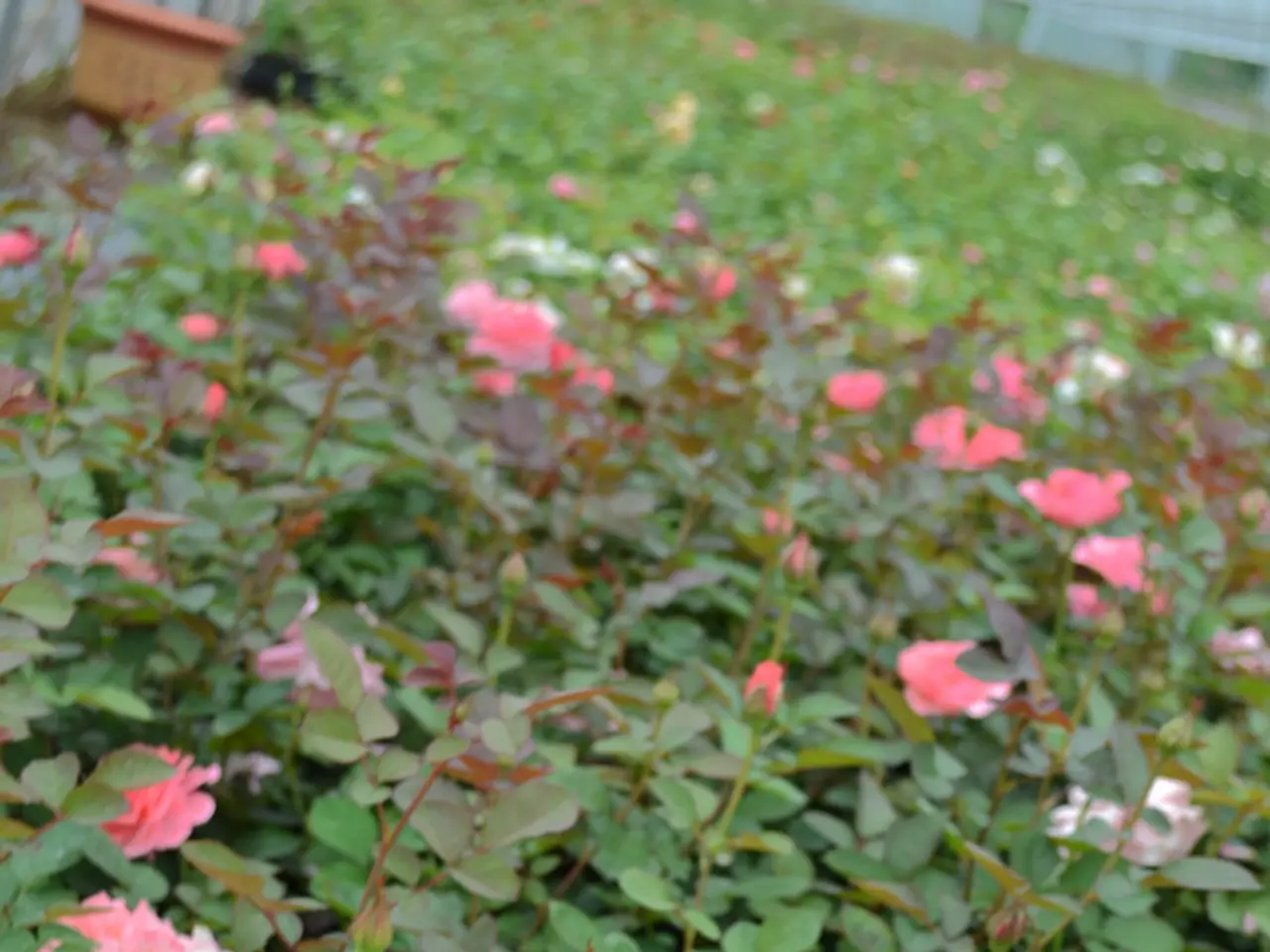Backyard Activities Now Prohibited: A Run-down of 20 Forbidden Actions
In HOA-regulated neighbourhoods, maintaining a uniform and aesthetically pleasing community appearance, as well as safety, is of utmost importance. To achieve this, homeowners associations (HOAs) impose various restrictions on backyard modifications. Here's a guide to some of the most frequent backyard restrictions homeowners may encounter.
One of the primary areas of focus is **fence regulations**. HOAs often limit fence height, style, and materials to ensure uniformity. For example, fences may be restricted in height (commonly around 3-4 feet in the front yard) and must be made from approved materials such as wood or vinyl. Privacy or ornamental fences might be limited or require prior approval.
Another common restriction pertains to **fire features**. Features like fire pits, chimineas, or outdoor fireplaces are often restricted or prohibited due to fire safety concerns and local ordinances.
Homeowners may also face restrictions on **backyard structures and additions**. Unauthorized structures or extensions of patios, play equipment, and vegetable gardens beyond certain "side planes" of the house might be prohibited to keep the neighbourhood’s exterior modifications in line with architectural harmony.
HOAs frequently maintain **color palettes** for exterior walls, sheds, fences, and other backyard structures to ensure uniformity and avoid clashing aesthetics.
Items such as garbage cans often must be stored out of sight, typically inside garages, to maintain neighbourhood aesthetics.
**Landscape and garden limitations** are also common. Some HOAs regulate the presence and appearance of vegetable gardens or other planting areas visible from the street, considering them structural changes that require approval.
Before making any significant changes to your backyard, **many HOAs require approval**. This includes landscaping, structures, fences, or paint. Violating these restrictions can result in fines, penalties, or legal actions such as liens against the property.
Other restrictions include limitations on **visible items**, such as lawn furniture, unkempt toys, or leftover yard waste, which might fall under HOA scrutiny if deemed clutter.
Homeowners should also be aware of restrictions on **trees**. Whether you want to remove a tree or plant a new one, HOAs typically require approval to ensure consistency and proper tree placement.
**Recreational equipment** like playsets, trampolines, or basketball hoops may also be restricted due to potential liability and community appearance concerns.
Parking vehicles, especially boats or RVs, in residential yards is often prohibited by HOAs due to detracting from the overall neighbourhood aesthetic.
**Swimming pools or hot tubs** often require HOA approval for installation to preserve the look and safety of the neighbourhood.
Homeowners should also consult their HOA before setting up **business operations** in their backyard, as these may clash with HOA policies or zoning laws.
Many HOAs implement **quiet hours** and monitor noise pollution to maintain peace in the community.
Lastly, **unapproved decorations** visible from the street or a neighbour's yard often need to meet HOA standards. This includes holiday lights, unique sculptures, and other decorations.
By understanding and adhering to these common backyard restrictions, homeowners can avoid fines and maintain a harmonious relationship with their HOA. Always consult your HOA's governing documents, usually the Covenants, Conditions, and Restrictions (CC&Rs), for specific details on your community's rules.
- In some HOA-regulated neighbourhoods, the appearance and uniformity of vegetable gardens can be restricted, as they may be considered structural changes that require approval.
- If you plan to plant flowers for decorative purposes in your backyard, it is important to check with the HOA as they might have specific color palettes in place to ensure uniformity.
- Composting at home could be a restricted activity in certain HOAs as landscaping and gardening modifications might need prior approval.
- When it comes to home-and-garden projects like landscaping, structures, fences, or painting, many HOAs require approval to maintain consistency and harmony within the community.
- Homeowners may find restrictions on various backyard items such as visible items like lawn furniture, unkempt toys, or leftover yard waste, and even recreational equipment like playsets, trampolines, or basketball hoops due to community appearance concerns.




